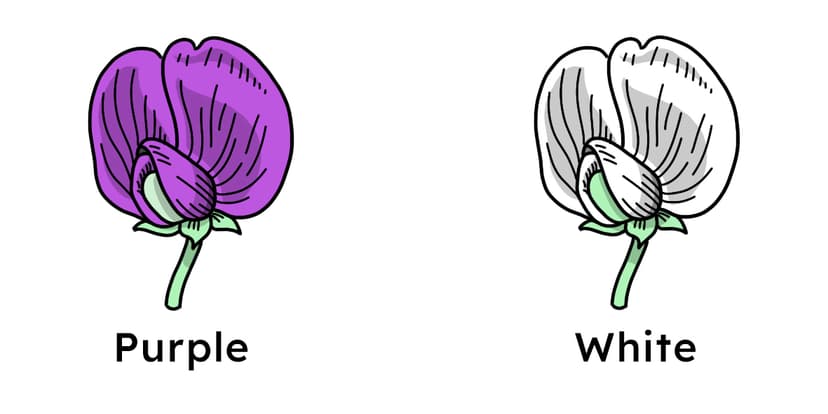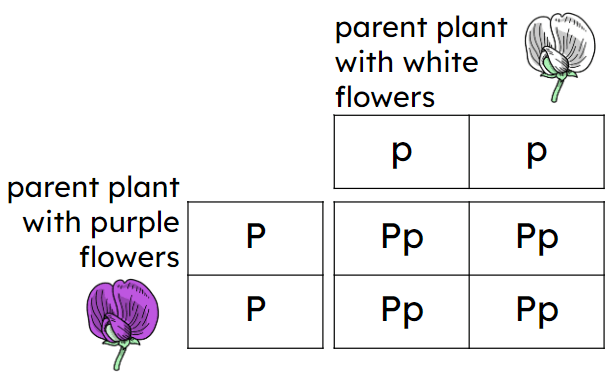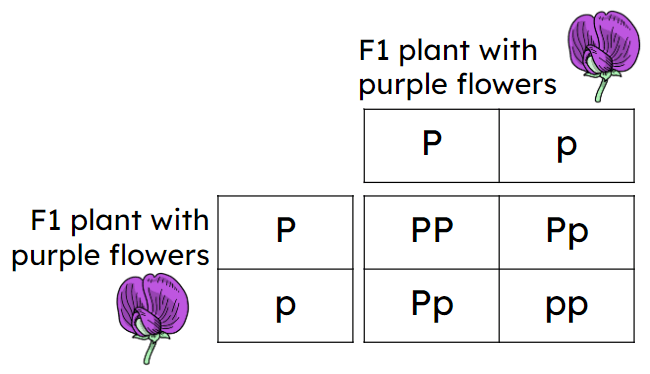Explaining inheritance: Mendel and beyond
I can describe the role of Gregor Mendel and other scientists in the development of our understanding of inheritance and genetics.
Explaining inheritance: Mendel and beyond
I can describe the role of Gregor Mendel and other scientists in the development of our understanding of inheritance and genetics.
These resources will be removed by end of Summer Term 2025.
Lesson details
Key learning points
- Mendel investigated the inheritance of traits (e.g. flower colour and seed texture) in pea plants in the 1850s-60s.
- Earlier scientists thought traits blended during sexual reproduction; Mendel showed traits were dominant and recessive.
- Mendel suggested heritable ‘factors’ caused traits; other scientists discovered DNA in 1869 and genes in the 1900s.
- Theories about heredity developed over time; 1943: DNA associated with inheritance; 1953: structure of DNA worked out.
- Over recent decades scientists have discovered the importance of studying whole genomes, not just individual genes.
Keywords
Heredity - the process of passing traits from parents to their offspring through reproduction
Trait - a specific characteristic that is part of an organism’s phenotype
Recessive - two alleles must be present in the genotype for the characteristic to be expressed in the phenotype
Dominant - one or two alleles must be present in the genotype for the characteristic to be expressed in the phenotype
DNA - a chemical molecule made of nucleotides, which contains the genetic code for making proteins in all living organisms
Common misconception
Two genes are inherited, both alleles contribute to the genotype; scientists work in isolation from one another.
Keep repeating that alleles are different codes for the same protein, different proteins lead to different traits (phenotypes). Scientists build on the work of others, and critique each other's work, to build a better understanding.
To help you plan your year 10 biology lesson on: Explaining inheritance: Mendel and beyond, download all teaching resources for free and adapt to suit your pupils' needs...
To help you plan your year 10 biology lesson on: Explaining inheritance: Mendel and beyond, download all teaching resources for free and adapt to suit your pupils' needs.
The starter quiz will activate and check your pupils' prior knowledge, with versions available both with and without answers in PDF format.
We use learning cycles to break down learning into key concepts or ideas linked to the learning outcome. Each learning cycle features explanations with checks for understanding and practice tasks with feedback. All of this is found in our slide decks, ready for you to download and edit. The practice tasks are also available as printable worksheets and some lessons have additional materials with extra material you might need for teaching the lesson.
The assessment exit quiz will test your pupils' understanding of the key learning points.
Our video is a tool for planning, showing how other teachers might teach the lesson, offering helpful tips, modelled explanations and inspiration for your own delivery in the classroom. Plus, you can set it as homework or revision for pupils and keep their learning on track by sharing an online pupil version of this lesson.
Explore more key stage 4 biology lessons from the Inheritance, genotype and phenotype unit, dive into the full secondary biology curriculum, or learn more about lesson planning.

Equipment
None required.
Licence
Starter quiz
6 Questions
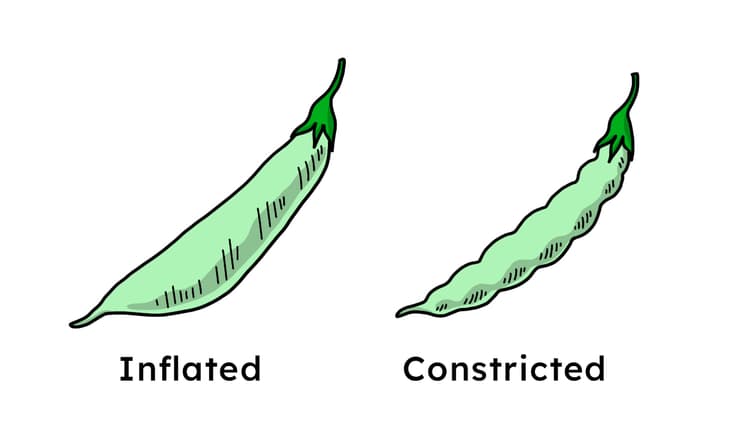
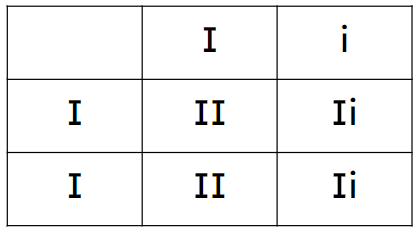
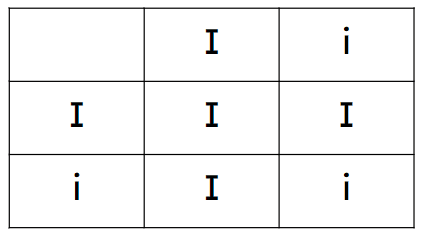
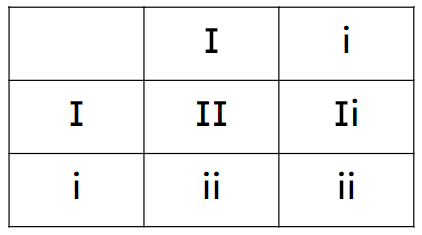
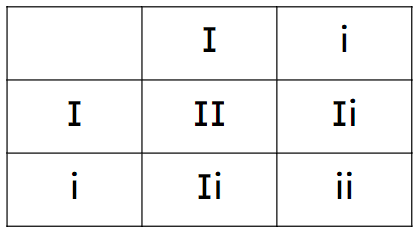
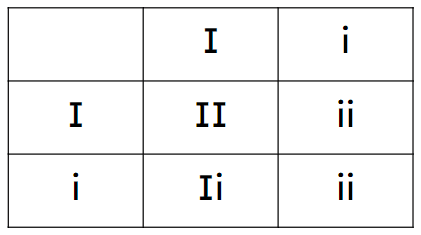



Exit quiz
6 Questions
